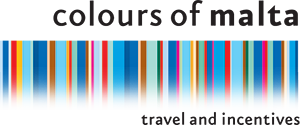How to make “Maltese traditional” figolli
The tradition of “Figolli”, goes back to ancient times, thousands of years back …. and it is assumed to have originated in Sicily, Italy. Its roots can be traced back to pagan history but more recently, they are a traditional post-lent snack and are often given to...



